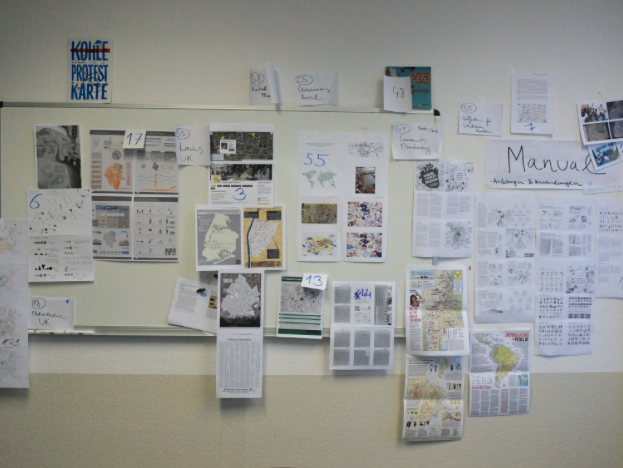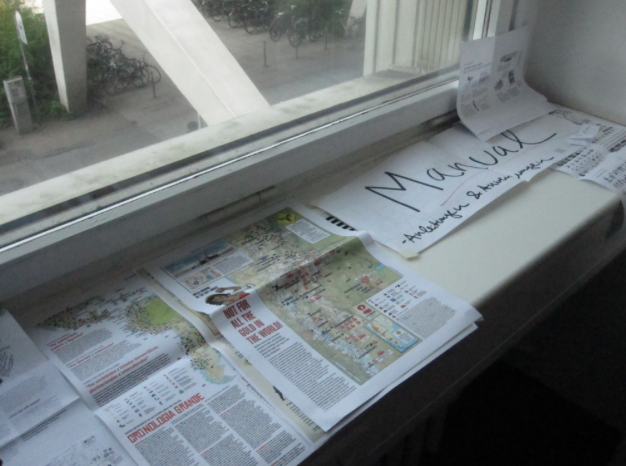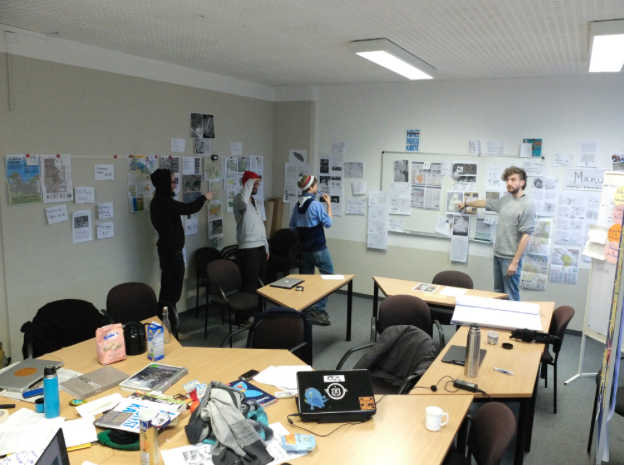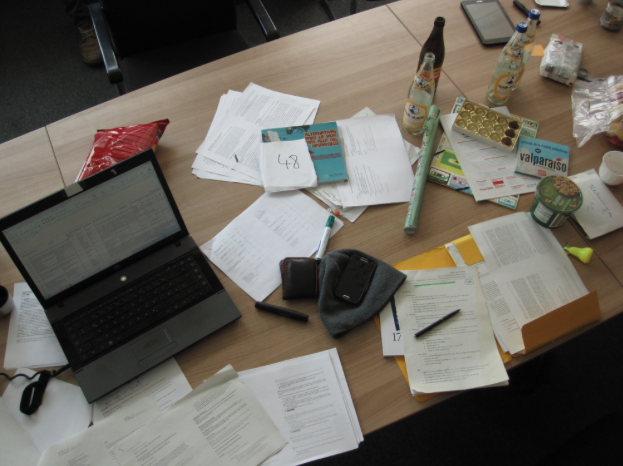Mit dem öffnen von GIS für “nicht-professionelle Kartographen*innen” durch Angebote wie Google Maps, Flickr, Openstreetmap Twitter und andere wurde ein wechsel in der Erzeugung von geographischen Wissen beschrieben. So bietet Twitter beispielsweise die Möglichkeit tweets zu geokodieren. Auf Flickr kann man seine Fotos auf eine Weltkarte verorten und bei Openstreetmap kann jeder zur Kartierung der Welt beitragen. Nicht mehr “hochspezialisierte Kartographen*innen” erzeugen jetzt geographisch Inhalt, sondern rein theoretisch jede*r der*die ein Handy, Computer und/oder ein GPS fähiges Gerät besitzt kann jetzt Daten erzeugen, welche im euklidischen Raum lokalisiert sind – und Millionen nutzen diese Möglichkeit.
Die so entstandene Praxis wurde “VGI – Volunteered Geographic Information”, “Geoweb”, “Virtual Geographic Environment” oder “Neogeography” genannt. Diese scheinbare Öffnung von GIS durch frei nutzbare Angebote und niedrige Hürden hat einige Wissenschaftler*innen dazu veranlasst, GIS nun als demokratisiert zu bezeichnen. Forscher wie Graham, M., Hale S. A., Stephens, M. (2011), Zook, M., Graham, M., Shelton, T. (2011), Zook, M., Graham M. (2011), Wall, M., Kirdnark, T. (2012), Haklay (2012, 2013), Crampton J. W., Graham, M., Poorthuis, A., Shelton, T., Stephens, M., Wilson M. W., Zook, M. (2013) arbeiten, um diese Annahme zu widerlegen. Sie zeigen das es lediglich eine bestimmte Gruppe von Nutzer*innen ist, die geographische Inhalte erzeugen und wiederlegen so die Annahme der demokratisierung von GIS.
Eine Studie von Christian Bittner (2015) geht noch weiter. Sie zeigt Unterschiede in den Communities von Openstreemap und WikiMapia. Genaugenommen wird am Beispiel Jerusalems herausgearbeitet wie auf Openstreetmap und WikiMapia, verschiedene Flächen in der Stadt unterschiedliche kartiert sind. Das Ergebnis: Auf Openstreetmap sind die israelisch-säkular geprägten Viertel besser kartiert als die ultraorthodox-israelischen und arabischen Viertel. Bei WikiMapia sieht das Ergebnis anders aus. Hier ist die Datenlage zu den arabisch-palästinensischen Vierteln Jersualems besser als zu den jüdisch-israelischen Vierteln. Der Autor schließt daraus auf die unterschiedliche Zusammensetzung der beiden online Communities.
Diese Studie zeigt das im Geoweb und in der Praxis der Neogeography nicht von einem Projekt auf das nächste, und auch nicht von einer Community auf die nächste geschlossen werden darf. Es gilt vielmehr genau hin zu sehen und die verschiedenen Nutzer*innengruppen zu untersuchen.





